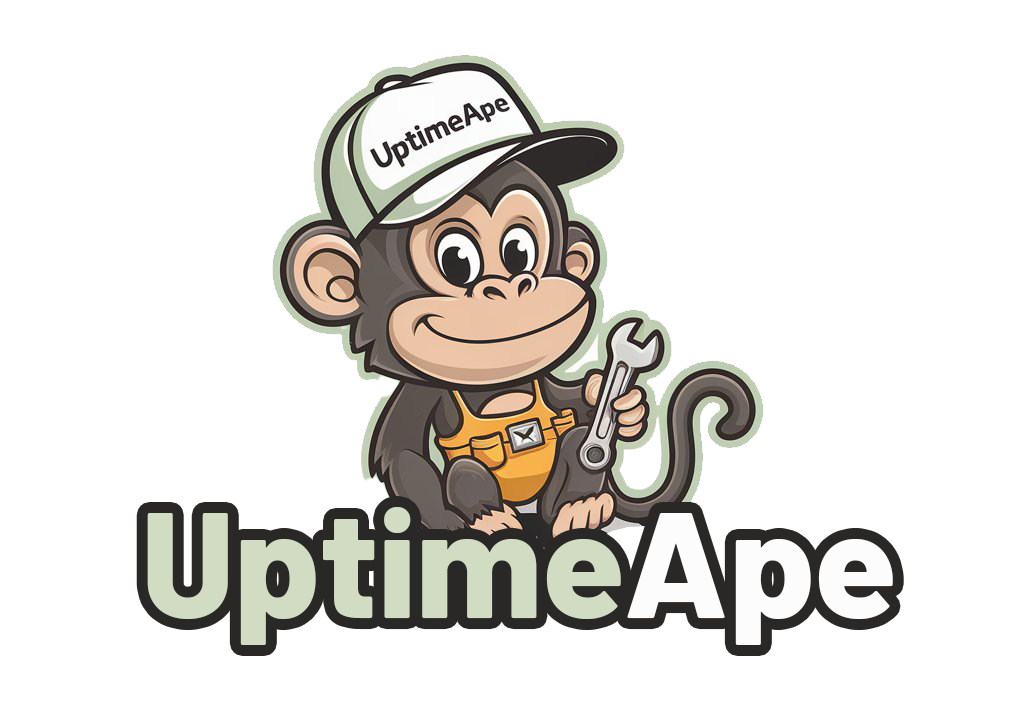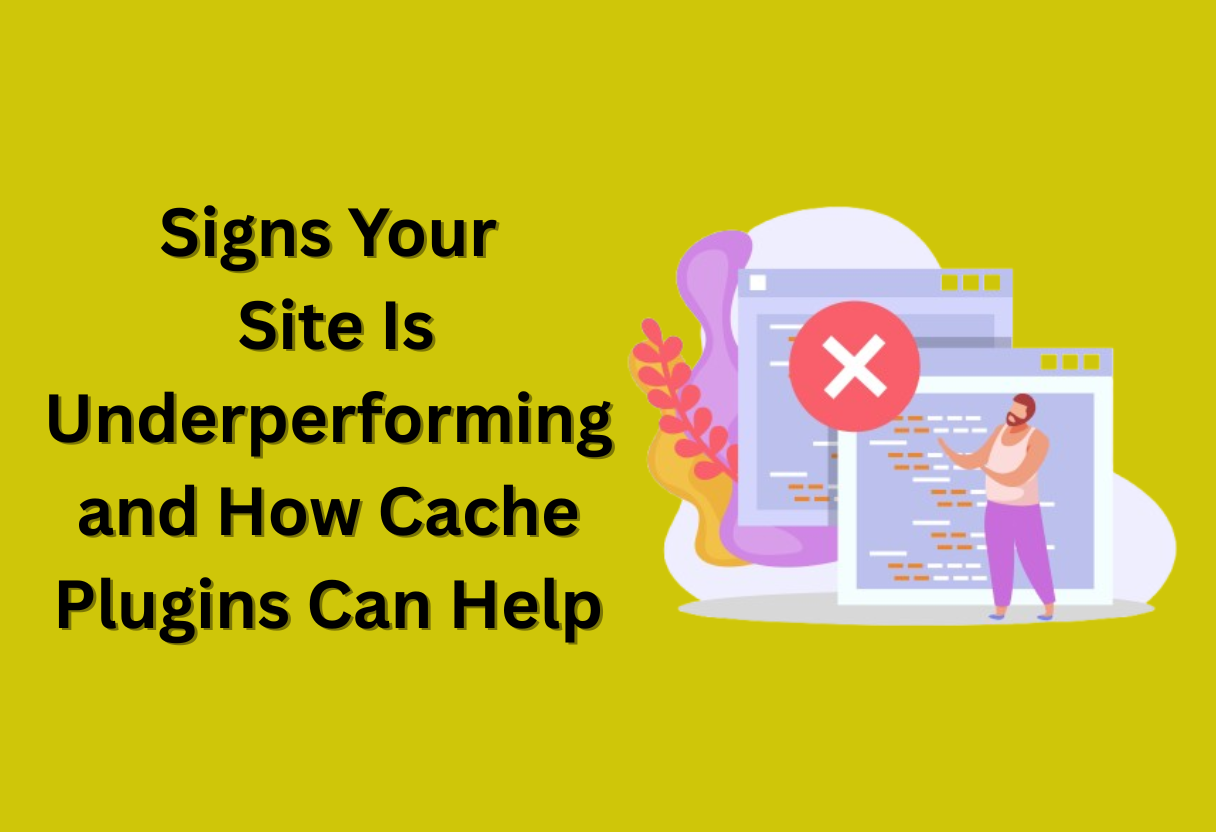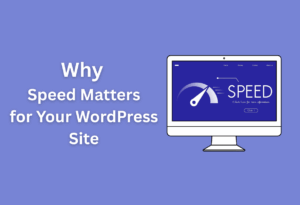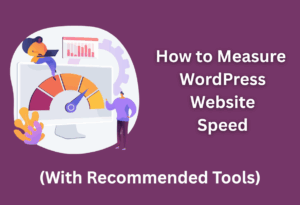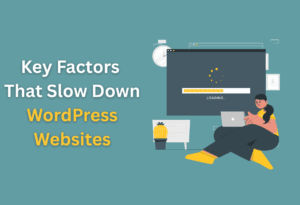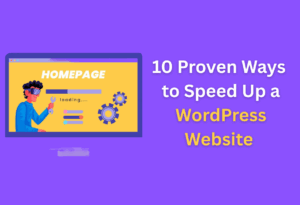Performance issues can significantly impact your website’s effectiveness, leading to lost visitors and revenue. It’s imperative to recognize the signs that your site is underperforming, as they can indicate underlying issues that need attention.
In this post, you will learn about common indicators of poor website performance and discover how cache plugins can enhance your site’s speed and efficiency, ultimately improving user experience and boosting your online presence.
Understanding Website Performance
Before plunging into the signs your site is underperforming, it’s necessary to understand the concept of website performance and its implications on user experience.
Importance of Website Performance
Performance plays a vital role in determining how effectively users interact with your website. A high-performing site enhances user satisfaction, encourages longer visits, and contributes to higher conversion rates. In contrast, a sluggish site can frustrate visitors and lead to increased bounce rates.
Common Performance Metrics
Among the various metrics used to gauge website performance, loading time, time to first byte (TTFB), and overall responsiveness are key indicators of how well your site is functioning. These metrics can significantly influence both user experience and search engine rankings.
To understand these metrics better, loading time measures how fast a webpage appears in a user’s browser, TTFB refers to the time taken to receive the first byte of data from your server, and responsiveness assesses how quickly your site reacts to user inputs. Tracking these metrics allows you to pinpoint areas that may require optimization for improved performance.
Factors Affecting Website Speed
Beside performance metrics, several factors can affect your website’s speed. Some of the common contributors include:
- Large image files
- Excessive HTTP requests
- Unoptimized code
- Server performance
- Number of plugins used
Assume that by addressing these areas, you can enhance your site’s loading speed and overall user experience.
Common factors affecting website speed can vary widely. Other contributing elements are:
- Content Delivery Network (CDN) usage
- Browser caching settings
- Web hosting quality
- Third-party scripts and ads
- Site architecture
Assume that optimizing these factors will lead to substantial improvements in your website’s performance, ultimately benefiting your visitors.
Signs Your Website Is Underperforming
Some indicators can help you identify if your website is struggling to deliver results. Recognizing these signs can guide you toward implementing effective solutions, such as utilizing cache plugins for optimization.
Increased Bounce Rates
By monitoring your bounce rates, you may notice an unsettling trend—visitors leaving your site quickly. A high bounce rate can indicate that your content is not resonating, or that loading issues are pushing users away.
Lower Conversion Rates
On the surface, a decrease in conversion rates can be disheartening. It suggests that fewer visitors are taking action, like signing up or making purchases, potentially due to navigation frustrations or speed issues.
Increased visitor expectations mean that if your website fails to deliver a seamless experience, you risk losing potential customers. Optimizing your site can help create an environment where users feel compelled to engage, ultimately boosting your conversion rates.
Slow Load Times
One of the most apparent signs of an underperforming site is slow load times. If your pages take too long to load, users are likely to abandon them in frustration, leading to a loss in traffic and potential revenue.
Even a delay of a few seconds can significantly impact user satisfaction and retention. Fast load times are imperative for keeping users engaged and encouraging them to explore your site further, making load speed an area worth investing in through effective caching solutions.
Poor User Experience
Between confusing navigation and visual clutter, poor user experience is another sign your site is underperforming. If visitors struggle to find what they’re looking for, they may quickly become disenchanted and leave.
Rates of customer retention correlate closely with how well you’ve designed your site for user interaction. Streamlining navigation and improving design can turn a frustrating experience into a seamless one, enhancing overall satisfaction and increasing the likelihood of return visits.
Declining Organic Traffic
About your traffic sources, a noticeable decline in organic traffic can signal significant issues. If search engines are no longer directing users to your site, it may affect visibility and attract fewer visitors overall.
Bounce rates are likely to increase if your site fails to appear in search results or isn’t ranking high enough. Enhancing your site’s performance through various strategies, including caching, can improve load times, boost user experience, and ultimately help regain your lost organic traffic.
Analyzing Your Current Performance
Despite your best efforts, it’s important to regularly analyze your website’s performance to identify potential issues. An underperforming site can lead to lost traffic and opportunities. By assessing your current performance, you can pinpoint areas that require improvement and how tools like cache plugins can make a difference.
Using Performance Testing Tools
By utilizing performance testing tools, you gain valuable insights into how your website operates under different conditions. Tools like Google PageSpeed Insights, GTmetrix, and Pingdom can help you measure loading times, identify resource-heavy elements, and assess overall user experience. These insights form the foundation for understanding your site’s performance.
Interpreting Results from Analysis
On obtaining performance test results, you’ll need to understand what those numbers mean for your website’s performance. Metrics such as load time, time to first byte, and responsiveness are crucial. These figures help you assess not just how well your site performs, but also guide you in prioritizing the changes necessary for improvement.
Plus, keep in mind that while certain metrics may seem satisfactory, others can indicate underlying problems. Low scores in speed can mean that your pages take too long to load, leading to high bounce rates. Identifying which metrics need attention will help you maximize your site’s efficiency and enhance user satisfaction.
Identifying Specific Bottlenecks
Any time your website lags, it’s crucial to identify specific bottlenecks that might be causing the slowdown. These could include large image files, excessive scripts, or unoptimized HTML/CSS code. Addressing these areas directly enhances your site’s performance significantly.
It’s helpful to conduct a thorough audit of your website using the insights from performance testing tools. Look for patterns in the data that point to particular areas of concern.
By systematically targeting these bottlenecks with strategies like implementing cache plugins, you can greatly improve the speed and efficiency of your website.
Most website owners might not realize their site is underperforming until they notice decreasing traffic or slow loading times. These issues can directly impact user satisfaction and conversion rates, ultimately affecting your bottom line.
In this post, you will learn to identify key signs of underperformance in your site and discover how implementing cache plugins can significantly enhance your site’s speed and efficiency. By optimizing your website this way, you can provide a better experience for your visitors and improve overall performance.
Choosing the Right Cache Plugin
Keep in mind that selecting the ideal cache plugin is important for enhancing your site’s performance. With numerous options available, you’ll want to identify a solution that fits your specific needs and integrates seamlessly with your setup.
Popular Cache Plugins Reviewed
By examining popular cache plugins like W3 Total Cache, WP Super Cache, and WP Rocket, you can make an informed decision. Each offers unique features tailored to different user preferences, so take the time to evaluate which one aligns best with your goals.
Key Features to Look For
Above all, you should consider multiple key features when selecting a cache plugin:
- Page caching to reduce load times
- Browser caching to optimize user experience
- CDN integration for faster global access
- Minification of CSS and JavaScript files
- Easy configuration settings
Any of these features can significantly improve your site’s performance and overall user experience.
Above features can vastly enhance your site’s performance and usability. It’s beneficial to also look out for:
- Gzip compression to reduce file sizes
- Lazy-loading for images to speed up initial load
- Compatibility with HTTPS/SSL for secure connections
- Regular updates to ensure continued support
- Comprehensive support and documentation
Any of these can make a substantial difference in achieving optimal performance.
Compatibility with Your CMS
Cache plugins work best when they are compatible with your content management system (CMS). You should verify that the plugin you choose integrates smoothly with your existing website setup.
And considering compatibility with your CMS is vital for ensuring an effortless installation and functionality. A plugin that does not integrate well can lead to conflicts, resulting in slow load times or, worse, site crashes. Always check for user reviews and official documentation to confirm that the plugin plays nicely with your CMS.
Implementing Cache Plugins for Improved Performance
Your website’s speed can significantly improve with the right cache plugin. By reducing load times and enhancing user experience, these tools can add substantial value to your site. In this section, we will discuss installation steps, configuration best practices, and the importance of testing performance after implementation.
Installation Steps
About installing a cache plugin typically involves accessing your website’s dashboard, navigating to the plugins section, and selecting a reputable cache plugin from the directory. After choosing your preferred plugin, simply click “Install” followed by “Activate.” This straightforward procedure sets the foundation for boosting your site’s performance.
Configuration Best Practices
Practices for configuring your cache plugin involve customizing settings to fit your website’s unique needs. Disable unnecessary features, such as minification if it’s not required, and selectively enable caching options to optimize your site further.
With the appropriate configuration, you can streamline the caching process and significantly improve your site’s response time. Focus on key settings such as cache expiration times, file types to cache, and object caching to ensure that the plugin works efficiently, catering to your website’s specific audience and content delivery needs.
Testing Performance Post-Implementation
Above all, testing your site’s performance after implementing a cache plugin is necessary to determine its effectiveness. Utilize tools that analyze page load speed and overall site responsiveness to gather data on improvements made through caching.
In addition to speed tests, consider monitoring your website’s user engagement metrics, such as bounce rates and session duration. These metrics provide insight into how your audience interacts with your site post-implementation; understanding this relationship can help you make informed decisions on any further optimizations needed to enhance user experience.
Monitoring and Maintaining Website Performance
Now, it’s important to regularly monitor and maintain your website’s performance to ensure it consistently meets user expectations. Without regular checks, you may miss opportunities for optimization and improvements, leading to a subpar experience for your visitors. Keeping an eye on key performance metrics will empower you to take timely actions when needed.
Regular Performance Audits
By conducting regular performance audits, you can identify areas where your website is underperforming. These audits will help you analyze load times, user behavior, and other important metrics. This proactive approach enables you to make informed decisions that enhance your site’s overall performance.
Updating Cache Plugins and CMS
Cache plugins and your Content Management System (CMS) should be updated regularly to maintain optimal performance. Failing to do so can lead to compatibility issues, security vulnerabilities, and a decline in loading speed.
Hence, staying current with your cache plugins and CMS updates can significantly improve your site’s effectiveness. Updates often include performance enhancements, bug fixes, and new features that can help your website operate more efficiently. Make it a habit to check for updates regularly so you can keep your website running smoothly and securely.
Ongoing Strategies for Performance Optimization
Between implementing caching solutions and enhancing image optimization, there are various strategies you can deploy for ongoing performance optimization. These practices ensure that your website continually delivers a great user experience and responds quickly to visitor actions.
In fact, consistent efforts such as monitoring server response times, optimizing database queries, and minimizing redirect chains will help keep your website responsive and engaging. By dedicating time to these optimization strategies, you can ensure that your site remains competitive and offers a seamless experience for all your users.
To wrap up
Taking this into account, understanding the signs that your site is underperforming is the first step toward enhancing user experience and engagement. By monitoring loading times, bounce rates, and user feedback, you can identify areas needing improvement.
Implementing cache plugins can significantly enhance your site’s performance by optimizing load times and reducing server strain. This not only creates a smoother experience for your visitors but also supports your site’s overall success in achieving its goals. Taking action now will ensure your site meets the expectations of today’s users.
